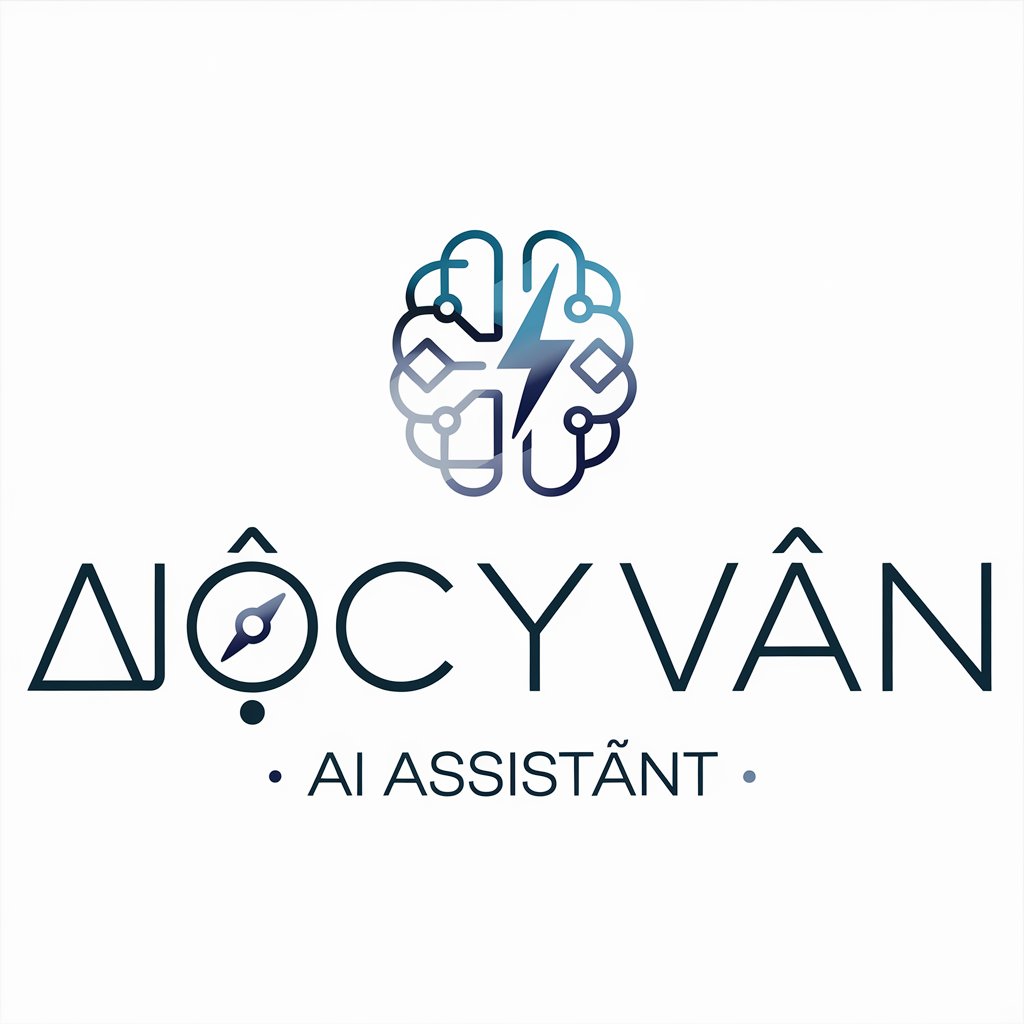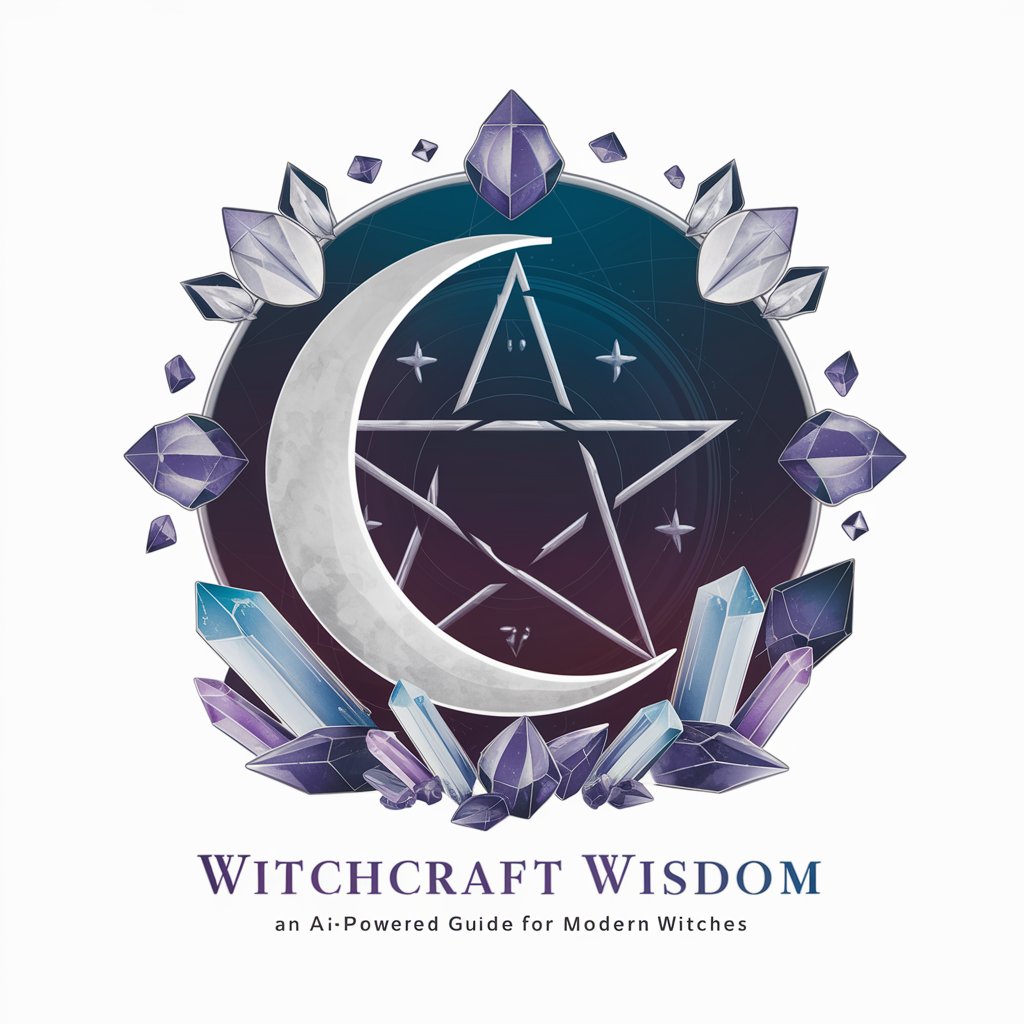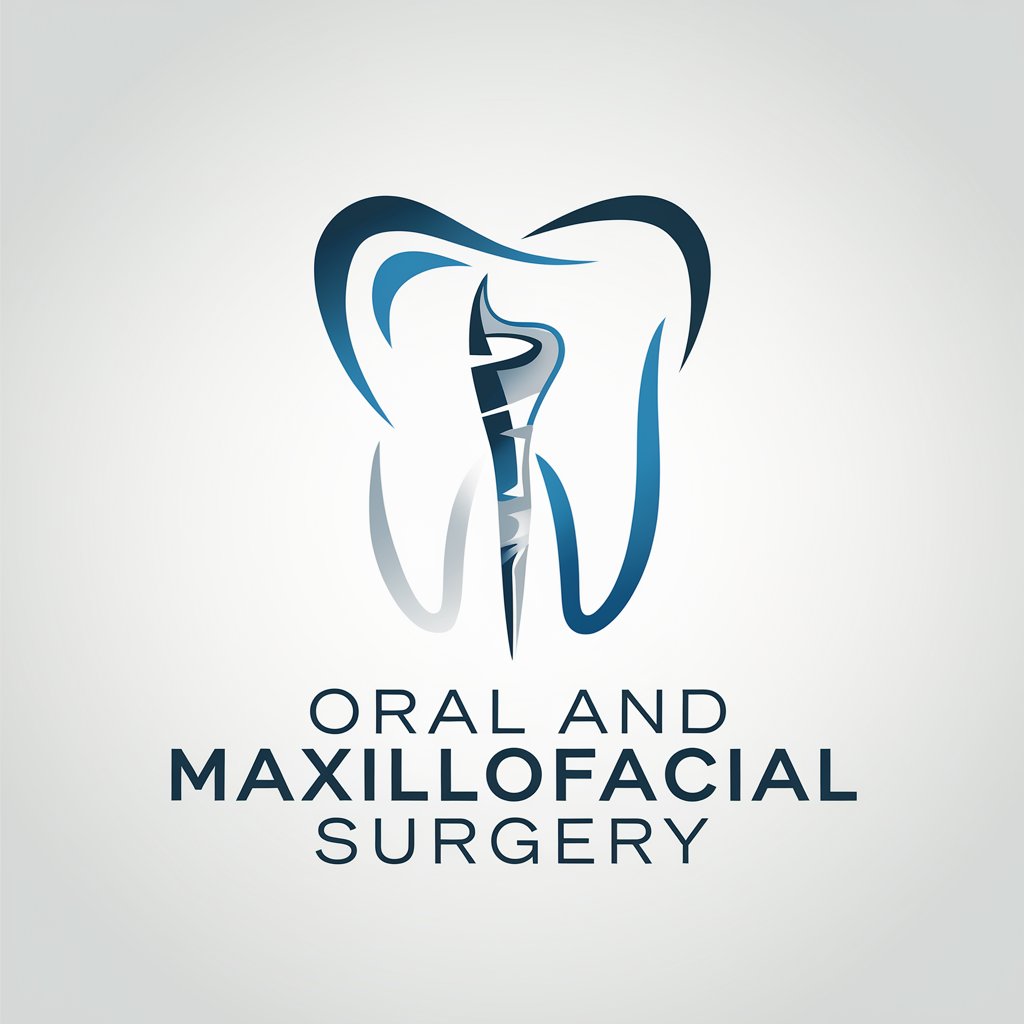
中医四大经典 倪师全集-TCM classics AI guide
AI-powered interpreter of classic TCM texts

Expert in 'Jin Gui Yao Lue', 'Nei Jing', 'Zhen Jiu Da Cheng'
Explain a concept from 'Jin Gui Yao Lue'.
What does 'Nei Jing' say about acupuncture?
Interpret a section from 'Zhen Jiu Da Cheng'.
How do these texts view disease etiology?
Get Embed Code
Introduction to 中医四大经典 倪师全集
中医四大经典 倪师全集 is a specialized knowledge system and teaching corpus built around classical Chinese medicine texts (with an emphasis on the Ni Hai-xia 倪海厦 school materials and lecture transcriptions). Its design purpose is to: 1) present authoritative, text-level explanations and annotated teaching of major TCM classics (for example: 黄帝内经, 伤寒论, 针灸大成 and related commentaries), 2) provide practical, case-based clinical interpretation (herbal formulas, 六经辨证, acupuncture timing/techniques), and 3) act as a learning/reference engine for self-study and teacher-led instruction. The collection combines verbatim lecture texts, condensed rules (条辨), and clinical case notes so users can move from classical theory to applied methods quickly. Evidence of the lecture + teaching orientation and emphasis on self-study appears repeatedly in the corpus (e.g., lecture transcription and teaching framing in 针灸大成 and 黃帝内经 materials) . Examples / scenarios: • Student learning scenario — a beginner uses the annotated 黄帝内经 transcription to learn the core concepts of 阴阳/五行 and life-stage norms (e.g., the 上古天真论 sections and practical commentary on longevity and daily regimen) and then applies that中医四大经典介绍 conceptual map when reading cases in 伤寒论 . • Clinician reference scenario — a practitioner uses the 伤寒论 transcription and Ni’s条辨整理 to match an acute exterior pattern (太阳证) to a classical formula and to follow the six-stage decision rules (六經辨證) for dosing and when to escalate treatment . • Acupuncture technique scenario — a clinician consults the 针灸大成 lectures for guidance on timing, moxibustion types (隔姜灸, 隔盐灸, 隔蒜灸), and practical contraindications before performing therapy .
Main functions offered by 中医四大经典 倪师全集
Classical text explanation & annotated commentary
Example
Provides paragraph-by-paragraph explanations of 黄帝内经 passages, translating classical aphorisms into practical diagnostic rules (e.g., explanations of 上古天真论 principles, life stages, and the mapping of emotions to zang-fu function).
Scenario
A graduate student preparing a seminar uses the annotated 黄帝内经 transcription to extract key quotes about 阴阳/五行 and composes slide notes linking those quotes to modern clinical examples (citation and lecture notes available in the corpus) .
Six-stage (六经) diagnostic framework and formula matching
Example
Presents the 条辨 logic from 伤寒论 so readers can determine whether a patient is in 太阳, 阳明, 少阳, 太阴, 少阴, or 厥阴 stage and then choose the classical formula and dose adjustments.
Scenario
An early-career clinician sees a patient with floating pulse, neck stiffness and aversion to cold; the system guides them through the 伤寒条辨 to identify a 太阳证 and suggests classical prescription rules and red-flag indicators based on the 伤寒论 commentary .
Practical acupuncture & moxibustion guidance
Example
Describes clinical rules for when to needle vs. when to moxa, various隔法 (隔姜/隔盐/隔蒜), contraindications (e.g., after heavy bleeding, heavy sweating, immediately after strenuous activity), and handling of blistering from moxibustion.
Scenario
An acupuncturist preparing for a complex case references the 针灸大成 lecture notes to decide whether to use隔姜灸 for deficient cold, or avoid moxibustion in high-fever heat syndromes; the notes include procedural steps and post-care (from the 针灸大成 transcription) .
Case-based learning and clinical experience indexing
Example
Aggregates and indexes clinical cases (医案) and instructor commentary so learners can study real-world decision chains (why a formula was chosen, modifications, outcomes).
Scenario
A practitioner studying a difficult digestive case compares similar indexed cases in the corpus (including Ni’s clinical notes) to see which formula variants produced rapid effect and which exacerbated symptoms; the 伤寒/金匮 materials contain such case indexing and teacher commentary .
Guidance on study paths and pedagogy for TCM learning
Example
Proposes learning sequences (e.g., from concise practical primers into 内经→神农本草→伤寒金匮) and suggests how to avoid getting lost in overly encyclopedic material.
Scenario
A self-learner asks for a 12-month curriculum; the system returns a staged plan emphasizing conceptual mastery (黄帝内经 first for framework), then 伤寒论 for clinical application, and 针灸大成 for technical skills, reflecting the pedagogical order used in the lecture series .
Ideal users of 中医四大经典 倪师全集
TCM students and apprentices
Students at beginner→intermediate levels who need structured, lecture-style explanations of classics, guided learning sequences, and practical case studies. They benefit from the corpus’ stepwise pedagogy (introductory concepts → text commentary → clinical cases) and the emphasis on how to move from theory to prescription/rule application .
Licensed practitioners and clinicians
Practicing acupuncturists and herbalists who want quick access to条辨 logic, classical formula rationale, and procedural notes (e.g., moxa techniques, contraindications). Clinicians benefit when resolving difficult acute cases by matching presenting signs to 六经 patterns and by consulting documented clinical experience in the corpus (医案索引 and lecture clinical commentary) .
Researchers and translators of classical medicine
Scholars who require primary-text transcriptions, teacher annotations, and comparative notes for philological study, cross-referencing passages across 黄帝内经, 伤寒论, and 针灸大成. The corpus’ organized transcriptions and lecture commentary speed textual comparison and interpretation .
Health educators and course designers
Instructors building curricula or continuing-education modules can reuse the pedagogical structure, case examples, and practical checklists (e.g., when to moxa, when to avoid stimulation). The materials are explicitly framed for teaching and self-study in the provided lecture corpus .
Informed laypersons and self-learners
People with an interest in traditional health principles who want evidence-based explanations of classical ideas (diet, lifestyle, exercise like walking vs running) and accessible interpretations of ancient passages. The corpus contains sections explicitly aimed at self-study and public lectures that suit this audience .
How to use 中医四大经典 倪师全集
Visit aichatonline.org for a free trial without login, also no need for ChatGPT Plus.
Open any modern browser and go to aichatonline.org — you can start a free trial immediately without creating an account and you do not need ChatGPT Plus.
Prepare prerequisites
Have basic Chinese-text reading ability (or a reliable translator) and a list of topics or classic passages you want to study (e.g., Jin Gui Yao Lue, Nei Jing, Zhen Jiu Da Cheng, Shang Han Lun). A stable internet connection and a note-taking app are recommended.
Start targeted queries
Ask the tool precise, context-rich questions (quote passages or give chapter/section names). Examples: 'Explain the Six Conformations in Shang Han Lun, with clinical signs and treatment priorities' or 'Compare the concept of yin-yang balance in Nei Jing and Jin Gui Yao Lue.' Include the desired depth: brief summary, paragraph explanation, or case-level analysis.
Use advanced modes and outputs
Request different output styles: annotated commentary, clinical application, comparison table, historical context, or stepwise case reasoning. Ask for citations to theHow to use 中医四大经典 original chapters or specific translated passages when you need textual grounding. Save or export results to your notes for later study.
Tips for optimal experience
Be specific (quote lines or give chapter numbers), ask for practical examples or mock cases for applied learning, ask for bibliographic references when using content academically, and always treat the tool’s interpretations as educational commentary — not personalized medical advice.
Try other advanced and practical GPTs
Web sites analyzer
AI-powered website analysis for optimal performance.

ISO9001:2015 Expert
AI-powered ISO 9001 expert for faster compliance

Tax & Taxes Specialist
AI-powered tax advice at your fingertips

佛
AI-powered Dharma guidance for practice
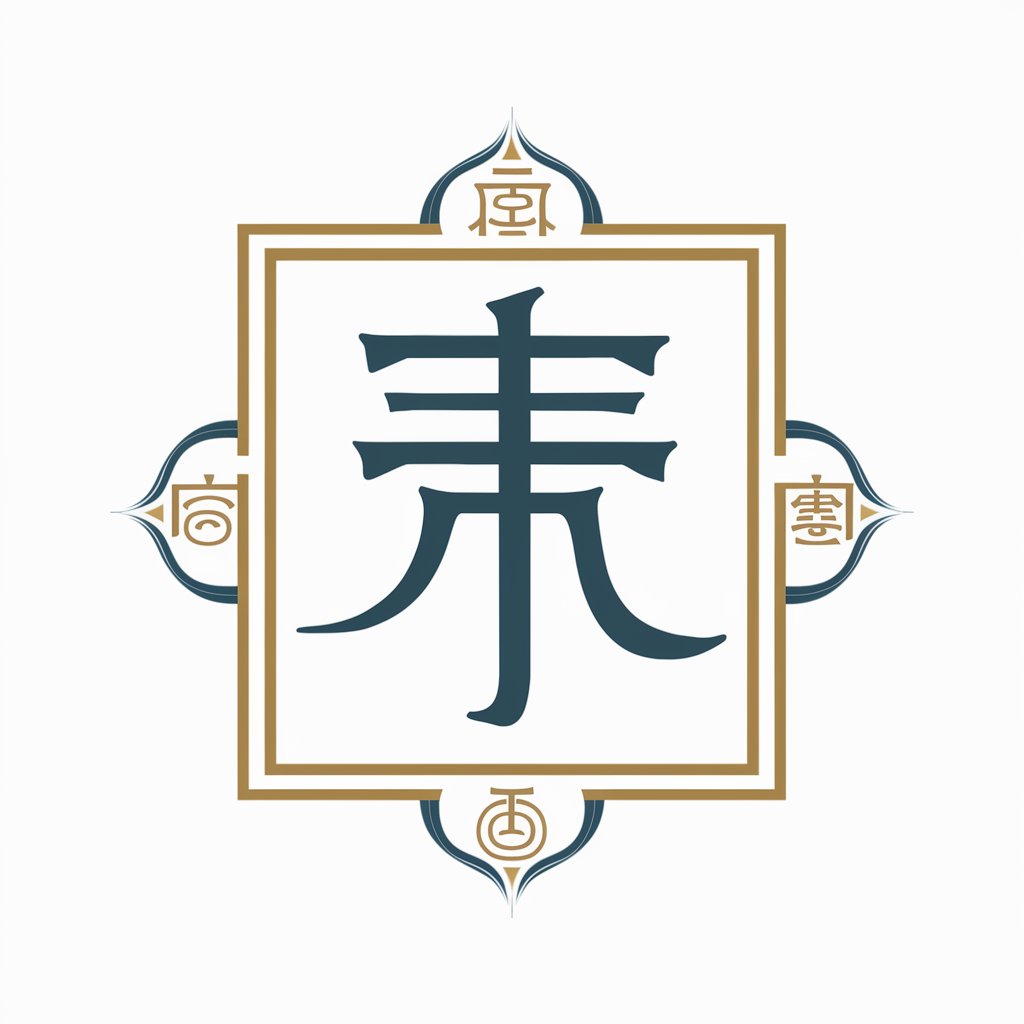
4컷 만화 그려줘
Create 4-panel comics with AI
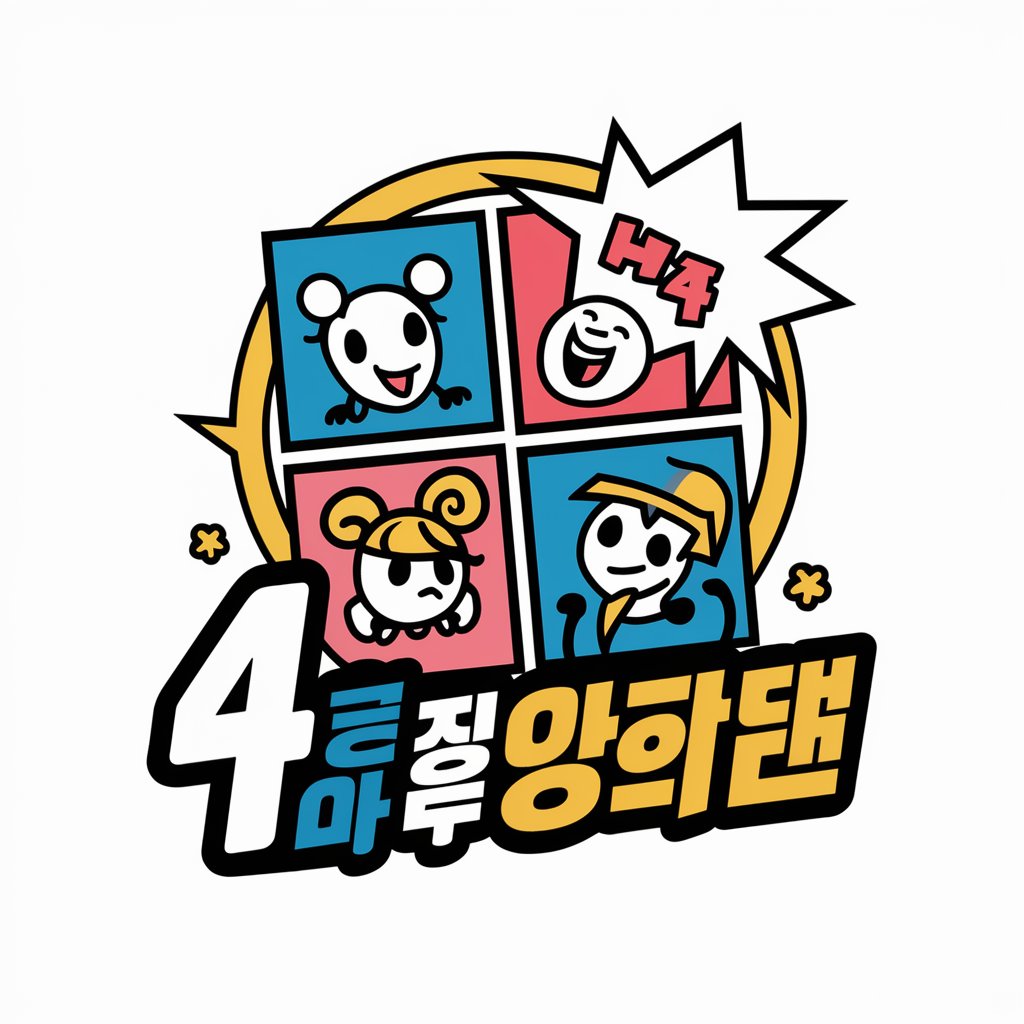
Hỗ Trợ Vẽ Truyện Tranh
AI-powered comic creation made easy.

Business Case Writer
AI-powered business case builder for executive decisions
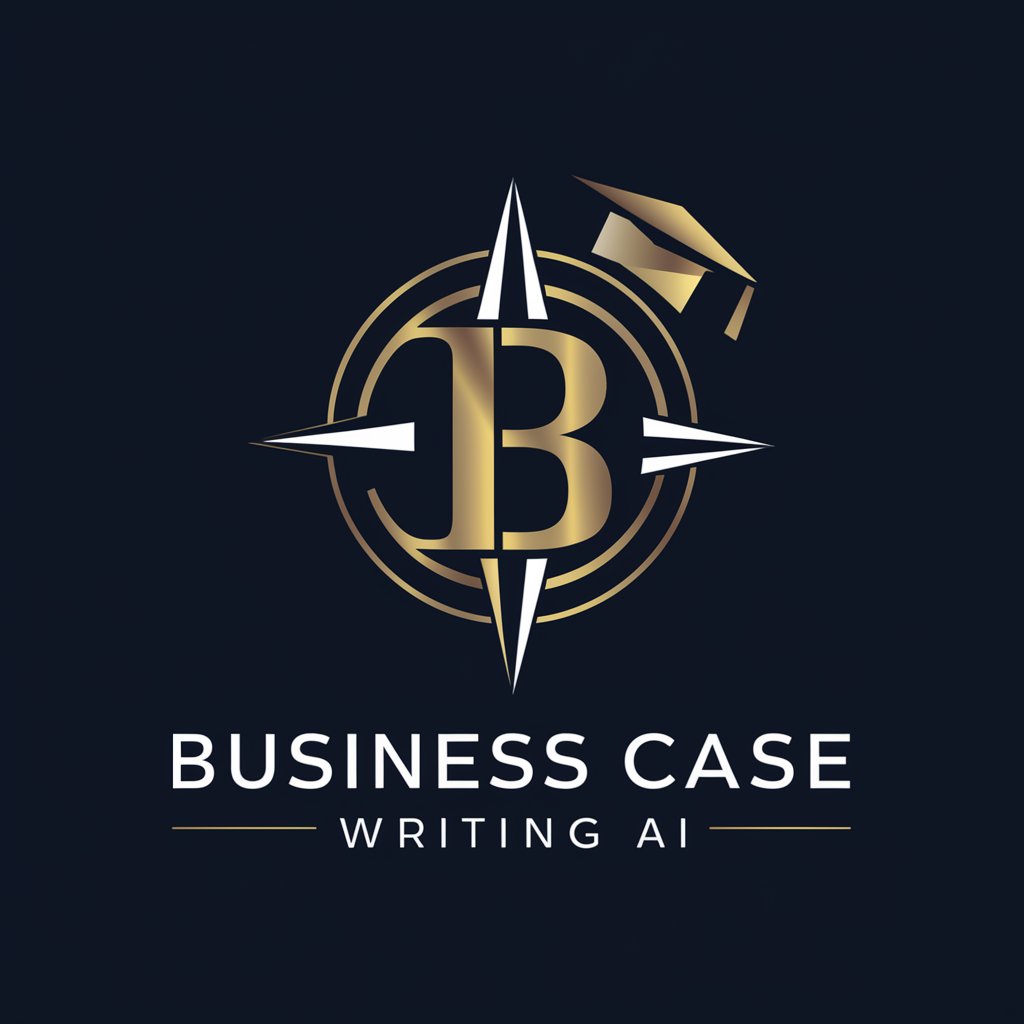
おじさん構文変換器
AI-powered おじさん-style text conversion

Dịch thuật
AI-powered, accurate, and efficient translations.

IRS Helper
AI-powered tax guidance for smarter filing

FPL-GPT
AI-powered assistant for every query
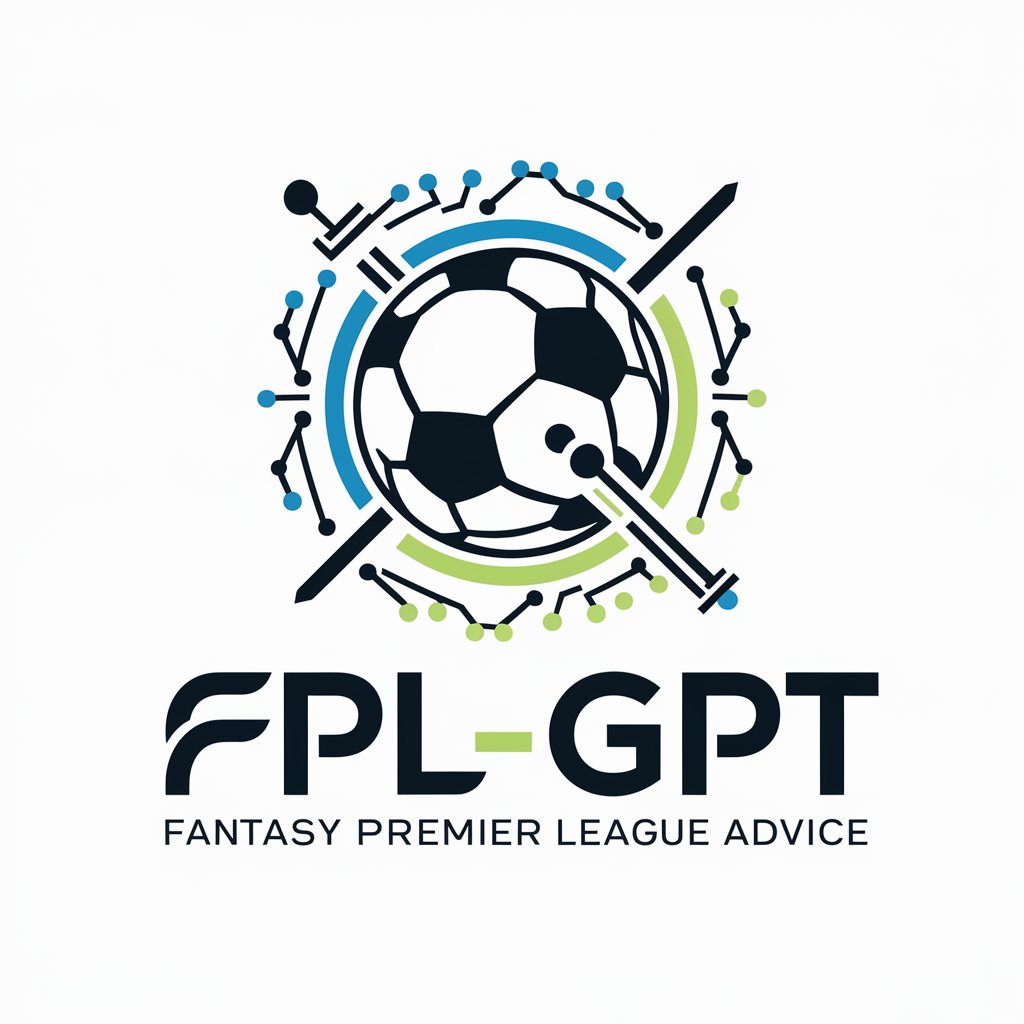
Laravel & Vuejs 3 With Inertia
AI-powered scaffolding and guidance for Laravel + Vue 3 with Inertia
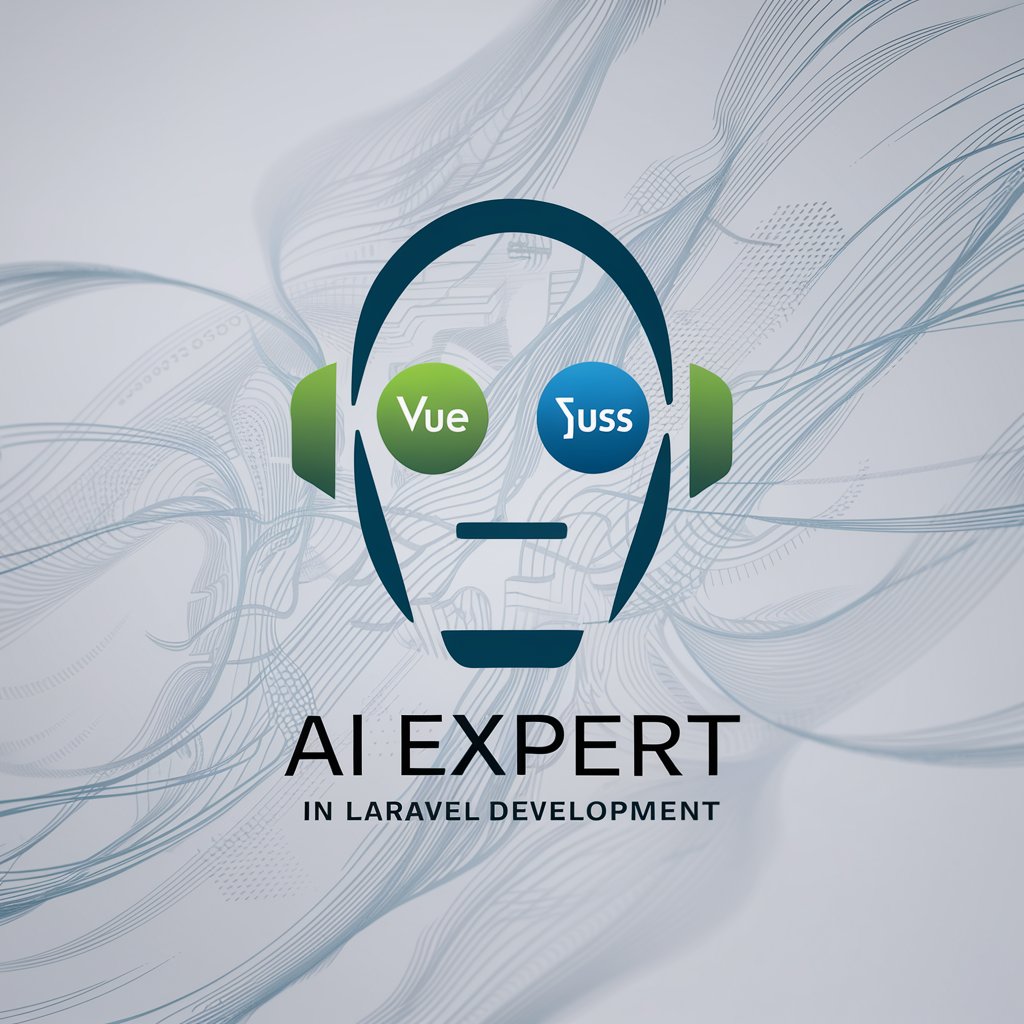
- Text Analysis
- Teaching
- Academic
- Case Studies
- Clinical
Five common questions about 中医四大经典 倪师全集
What exactly does 中医四大经典 倪师全集 provide?
It is an AI-driven reference that explains, interprets, and cross-references the four classic TCM works (Nei Jing, Shang Han Lun/ Jīn Guì / Jin Gui Yao Lue, Zhen Jiu Da Cheng, and related canonical material). It offers textual summaries, line-by-line commentary, clinical application suggestions (pattern recognition, differential treatment principles), historical context, and comparative analysis across the texts.
How should I use it for clinical learning or case practice?
Use it to: (1) translate classical passages into modern clinical language, (2) map classical patterns to contemporary syndromes, (3) generate stepwise differential diagnosis based on the six-channel and eight-principle frameworks, and (4) propose example herb or acupuncture strategies drawn from canonical prescriptions and needling methods. Always cross-check with trusted clinical mentors and local regulation before applying to patients.
Where does the tool get its content and how reliable is it?
The tool bases its output on the canonical texts and academically recognized commentaries, synthesizing classical definitions, Zhang Zhongjing’s formulations, and standard acupuncture lore. It aims to explain the original meanings and clinical reasoning rather than invent new therapies. Users should verify translational nuances and historic variants—this tool is educational and interpretive, not a substitute for primary-source scholarship or licensed clinical judgment.
Can I ask it to produce academic material (papers, citations, annotated translations)?
Yes. Ask for SEO-friendly summaries, annotated translations, comparative tables, or literature-style explanations. Request exact chapter citations and indicate preferred citation style (e.g., author-year). For formal academic work, use the tool’s output as a draft and verify primary-source quotations and edition information before submission.
Will it give personalized medical advice or replace professional diagnosis?
No. The tool provides educational interpretations, textual exegesis, and illustrative case reasoning. It does not replace licensed medical or TCM practitioner assessment. For personal health problems, consult a licensed clinician. The tool will always include disclaimers when clinical recommendations are requested and encourages professional oversight.

